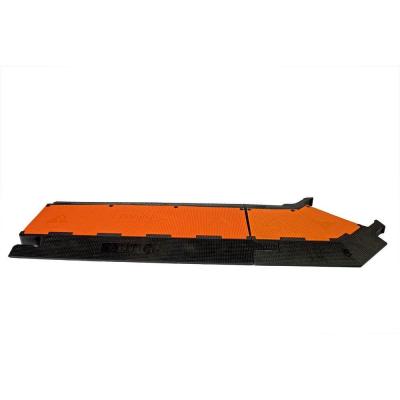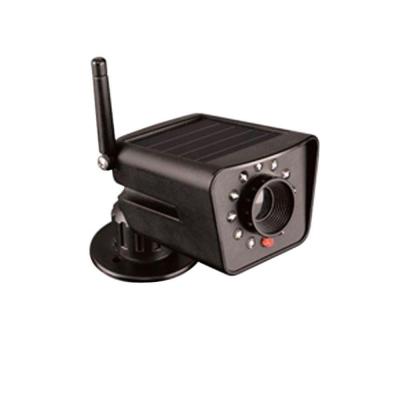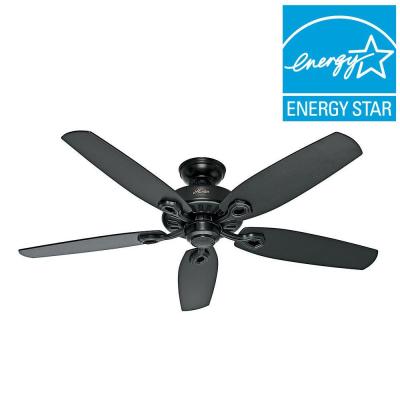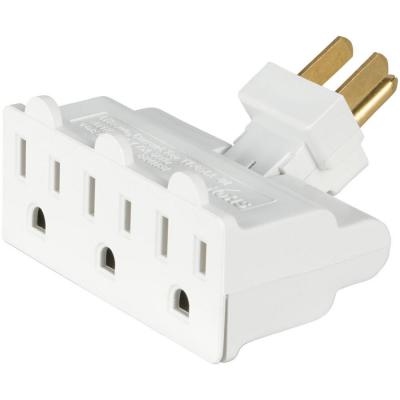Whole-home surge protectors are designed to protect your home from dangerous lightning strikes that could knock out power or fry your electronics, potentially resulting in thousands of dollars in damages. Recently, however, there has been a lot of controversy surrounding whole-home surge protectors, claiming they’re a waste of money and don’t do what they claim to be able to do. So what’s the real story here? Are whole home surge protectors worth it?
We’ll start by talking about what surge protectors are not designed for: protecting your home from all sources of increased voltage. Power surges most commonly originate inside your home as a result of different appliances turning on and off. Depending on your home’s electrical service (100amp vs 200amp or whatever you may have), you’ve probably seen this in the form of flickering lights when your air conditioner cycles on.
Whole-home surge protectors do protect your home from power surges that originate outside, commonly caused by lightning strikes but also resulting from any interruptions to the power: downed wires or utility poles, wind damage, utility repairs, etc.
There are a few different ways power surges can occur. Lightning strikes, which people tend to be most worried about, are actually pretty uncommon—conditions need to be perfect, and the strike needs to occur less than one mile away from your home. Despite their rarity, lightning strikes can send a 200,000-amp jolt through your home and are definitely not to be taken lightly.
The majority of external power surges occur when the magnetic field created by wires conducting electricity collapses, which sends large voltages down the wires and eventually, into homes and buildings.
Effectively defending your home from power surges requires a two-step approach: first, outfitting it with a whole-home surge protector, then using surge-protected outlets and power strips indoors. Both types of surge protectors act essentially like pressure relief valves, diverting excess energy away and restoring normal operation once levels regulate.
Whole-home surge protectors are usually wired to a service panel and are designed to stop surges of at least 40,000 amps, though larger ones can be installed. Pairing them with individual plug-in surge protectors should do a good job of catching any potentially damaging energy that may get into your home.
Like many safety-related things, whole-home surge protectors are appliances you buy and hope to never actually use. But all it takes is a single downed line or big lightning strike to cause thousands of dollars’ worth of damage to your home—not worth the risk!
If you want to protect your home from dangerous jolts of electricity by installing a whole-home surge protector, call Kolb Electric today!



